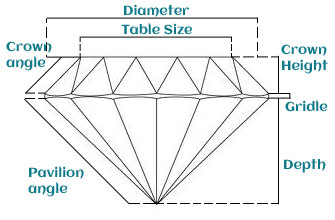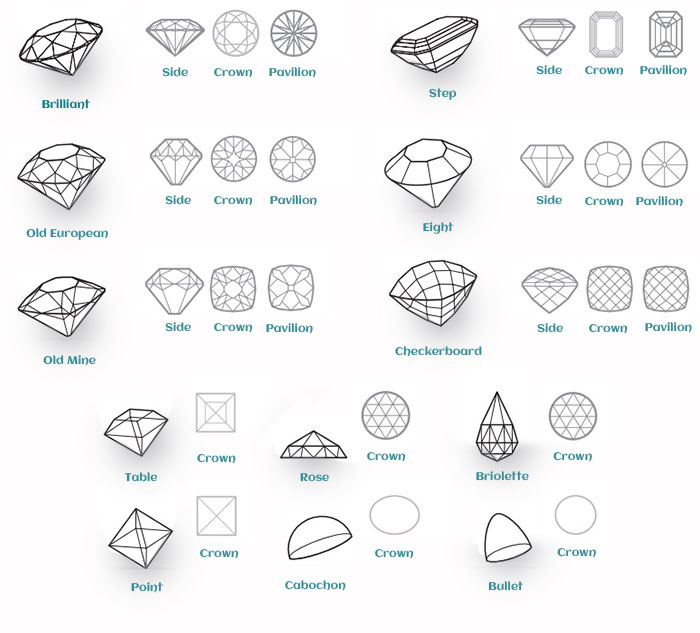How Light Reflects From A Diamond?

Diamonds are renowned for their ability to transmit light and sparkle so intensely.

The quality of cut is determined by how well the symmetry, polish, and proportions of the diamond produce the most attractive balance of the three different types of reflection.

Several proportion factors have the most immediate impact on a diamond's ability to reflect light correctly.

We often think of a diamond's cut as shape (round, emerald, pear), but a diamond's cut grade is really about how well a diamond's facets interact with light.

The table size and depth of a diamond relative to the diameter greatly impacts the light return from a diamond.

When light strikes a diamond, approximately 20% immediately reflects off the surface (as glare). Of the 80% that enters, a portion will escape through the bottom of the diamond (where the observer cannot appreciate it).

A well-cut diamond is proportioned so that most of the light entering the gem exits back through the top of the stone, perfectly balancing the white light (brilliance) with intense flashes of fire (dispersion).

A poorly-cut diamond, with facets cut only a few degrees out of alignment, can result in light exiting through the bottom of the diamond, known as light leakage, instead of from the top where it is visible.

This creates a diamond with dulled brilliance from poor light performance within the gem, making the center of the gem look dark.

The best cut diamonds have proportions that are within tried and true ranges known for maximizing brilliance, fire, and scintillation.

A well proportioned diamond will have each facet properly placed and angled so as to maximize the amount of light that reflects back out of the crown (top) of the diamond, to the eye of the observer.

This reflected light is perceived as scintillation, fire and brilliance.

When light meets any facet of a diamond, it will either reflect (bounce back) or refract (bend while passing through the facet).

The angle that the light hits the facet determines whether the majority of light reflects or refracts, which is why cut is so important.



